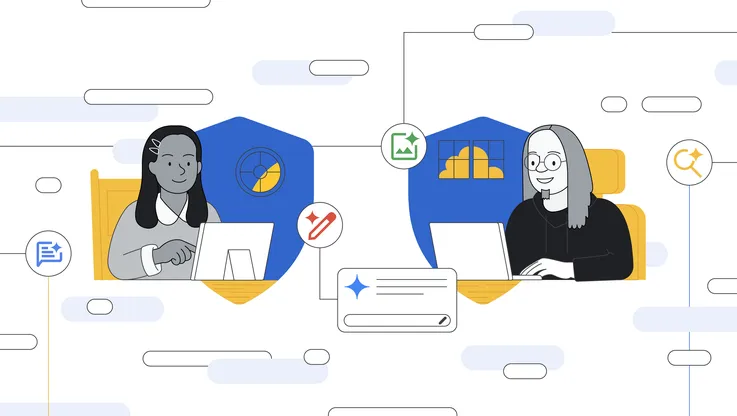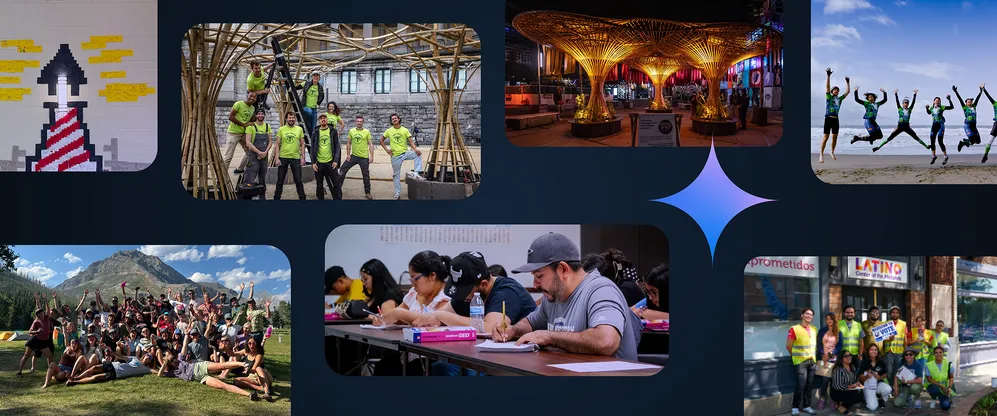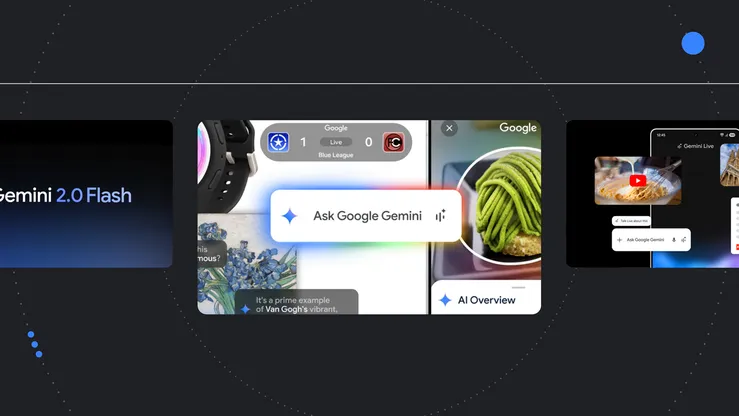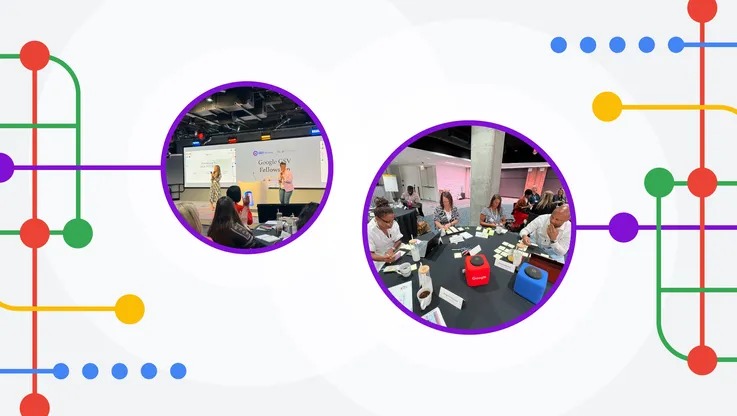Exploring new possibilities in cloud-based education technology
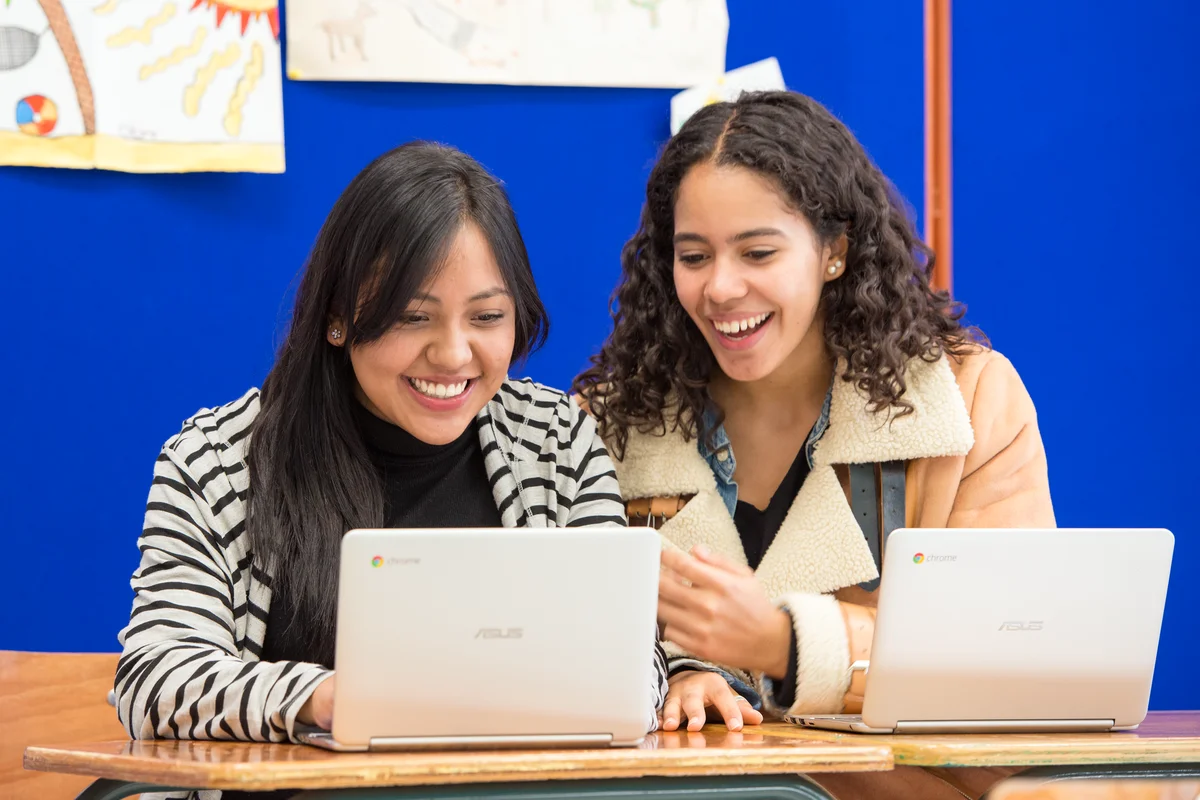
Editor’s note: We’re at Google Cloud Next ‘19 this week in San Francisco. If you’re attending Next ’19, visit the Industry Solutions booth and follow along on Twitter and Facebook for more updates.
The best educators foster a culture of curiosity. They know that students who ask questions are the ones who grow up to become researchers, inventors and life-long learners. At Google Cloud Next ‘19, we’re showcasing how teachers can integrate the right technology to help them engage all students, while encouraging agency and a love of learning.
As of today, 90 million teachers and students are using G Suite for Education worldwide. As the numbers grow, so do we, adapting our solutions to meet the changing needs of learners, educators, researchers and administrators everywhere.
Many of these new features are ones that educators and administrators can use to deliver more personalized learning, in ways that work for each individual student. Here’s a look at the latest G Suite updates that bring cloud-based enhancements to the classroom.
Learning for all
New updates to Hangouts Meet and Slides make learning more accessible for everyone.
Closed captions in Google Slides (only on Chrome web browsers) use machine learning to turn on automated closed captioning when you’re presenting. Captions are currently available in the U.S. in English only.
Also rolling out today, automatic live captions in Hangouts Meet can be turned on to add captioning to virtual professional development sessions or remote lessons. Powered by Google’s speech recognition technology, this feature provides support and the ability to follow along in Hangouts Meet, especially for those who are hearing impaired or English as a New Language Learners.
Starting today, you can insert audio files directly into Slides from Drive, enhancing presentations with short or long clips, and especially useful for flipped learning lessons.
Now you can turn on closed captions in Hangouts Meet.

Fostering better collaboration
We’re also making a few updates to support the collaboration that happens within G Suite.
Collaborate on Microsoft Office lets students and educators work together on Microsoft Office files in real-time, directly from G Suite. This means that starting today, you can edit Office files from Google Docs, Slides and Sheets, without having to worry about converting file types. This also allows you to tap into G Suite features, like the Explore, while using Office.
Now in beta, Hangouts Chat in Gmail replaces Classic Hangouts in Gmail with an improved chat experience, making it easier for students to collaborate with each other or with their instructors.
Available now, Hangouts Meet on Jamboard lets educators deliver lessons remotely to students who are unable to come into school, teach higher education classes and hold meetings directly from Jamboard.
Google Voice gives educators and administrators a unique phone number that works from anywhere, on any device, perfect for communication with parents and guardians. Google’s AI is built in to help you transcribe voicemails and block spam calls. Voice takes care of assigning a phone number, porting and billing, making it easy for admins to provision and manage. Google Voice is available now as an add-on subscription.
Boosting productivity
Educators, researchers and IT administrators need access to data to help them make well-informed decisions. The following new updates help institutions use data to work smarter and build a more effective learning and teaching experience.
Coming soon, connected Sheets will let you collaborate on up to 10 billion rows of BigQuery data right from within Sheets, without needing SQL. You can use the Sheets interface to view learner data (like grades), analyze progress with formulas and pivot tables and visualize results with charts.
Schedule send in Gmail, a feature that’s live today, lets you schedule email to be sent at a more appropriate date or time, which is helpful if you’re working across time zones, or want to avoid interrupting someone’s vacation.
Comparison in Docs, which will be available soon, streamlines marking assignments by letting you compare two Google Docs and review the differences as suggested edits in a new Doc.
Also coming soon, themes allows you to quickly style multiple Sheets element—like charts and pivot tables. This helps keep style consistent throughout your spreadsheets.
With metadata in Drive, you’ll soon be able to edit the metadata, or information that provides information about other data, of files in Drive to better organize and search your educational materials. For example, you can create a saved search to instantly find all files tagged “lesson plan” or aligned to a certain standard.
Connected Sheets expands the capabilities of Sheets to up to 10 billion rows.

Expanding the reach of educators
G Suite Enterprise for Education provides best-in-class teaching and learning tools for education institutions. Now, with Google Voice and updates to Hangouts Meet, educators, researchers and administrators can reach even more learners. Below are three updates that will be available soon.
Public live streaming means you can now live stream over Hangouts Meet to up to 100,000 out-of-domain users, especially useful for distance learning or online course offerings.
With Hangouts Meet, we’ve increased the number of participants to up to 250, perfect for large online lectures across time zones.
Mobile audio allows you to use your mobile device on audio-only mode during lessons over Hangouts Meet. This makes lessons more accessible, even on poor network connections.
These updates open new possibilities for our 90 million teachers, administrators, and learners using G Suite for Education.

